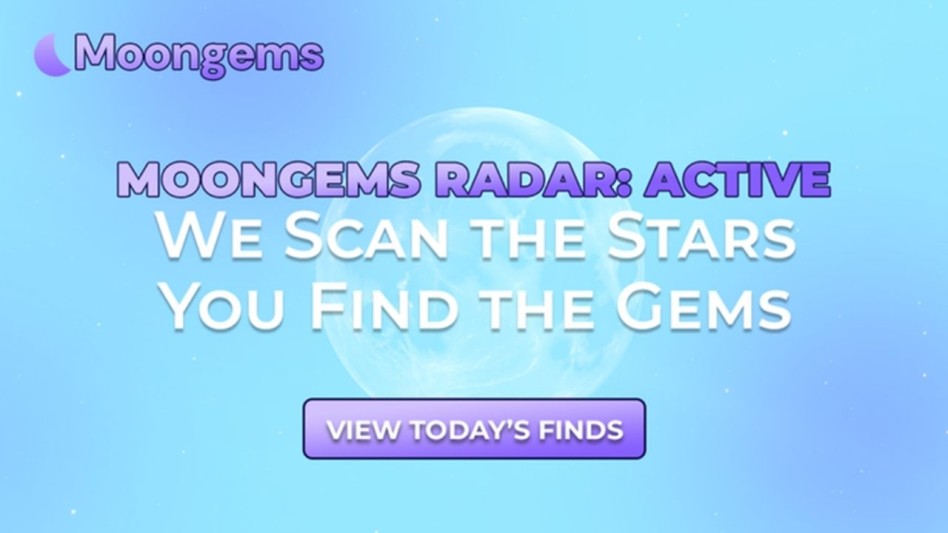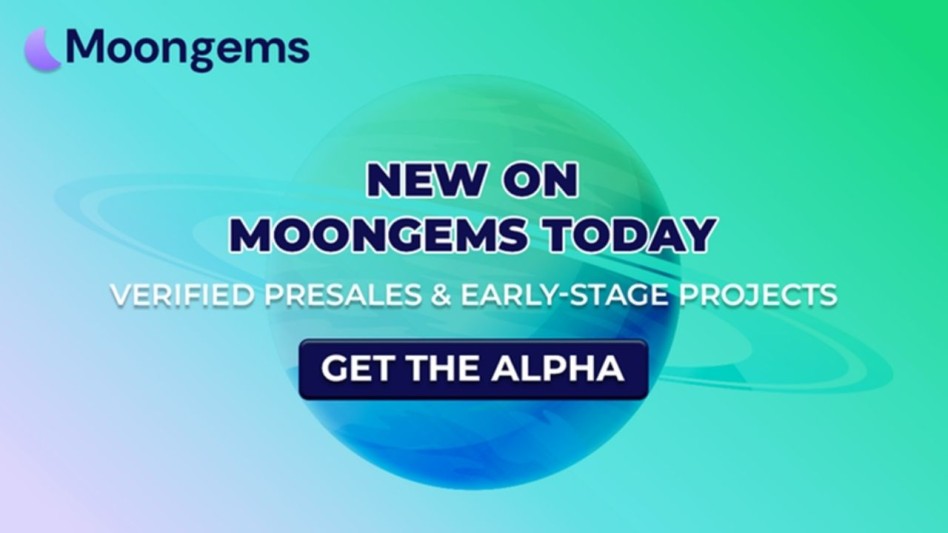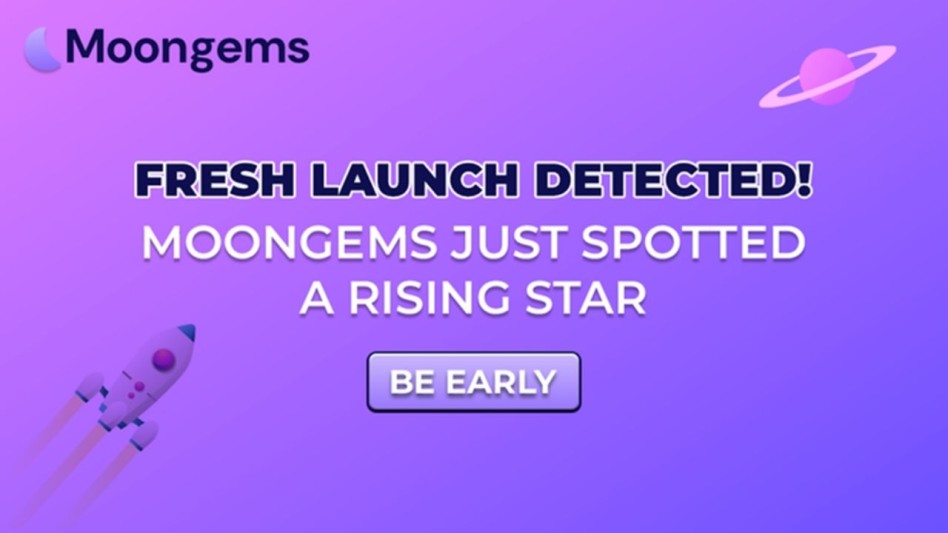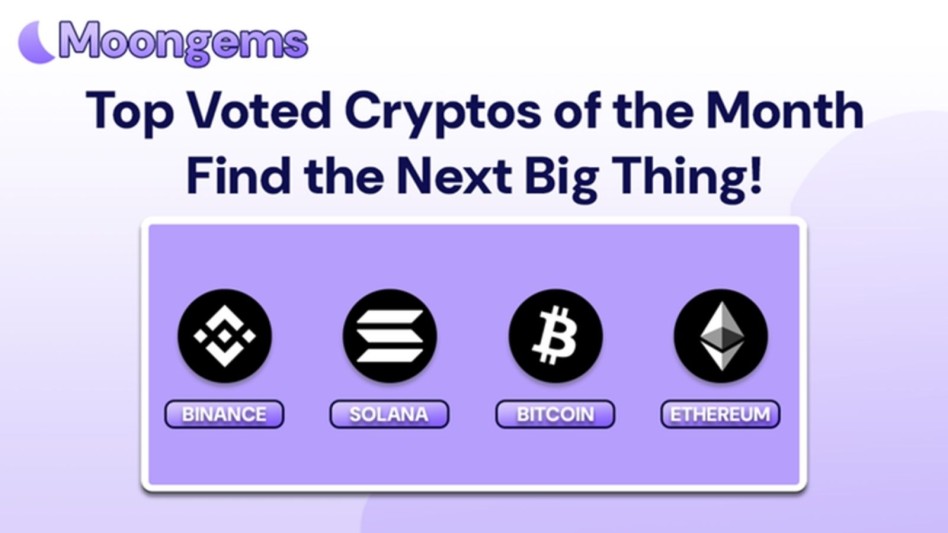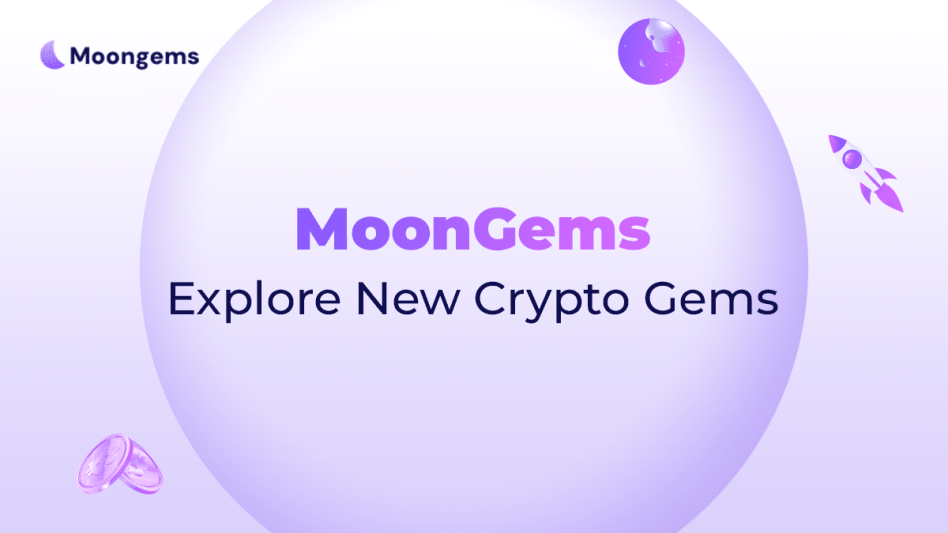Author: Jawad Hussain – Crypto Analyst & Web3 Researcher | 9+ years tracking presales, IDOs, and token launches. Follow him on Twitter
In 2025, the crypto world is hotter—and riskier—than ever. While meme coins and microcap gems offer insane upside potential, scams and poorly executed projects still lurk in the shadows of launchpads.
That’s where DYOR (Do Your Own Research) becomes your greatest defense.
DYOR isn’t a buzzword. It’s a mindset, a process, and a set of essential skills every serious investor needs — especially in the wild world of crypto presales. This article will walk you through exactly how to research a crypto project before you commit your funds, including insider tips, red flag indicators, and pro tools to help you verify every detail.
Let’s dive in.
Why DYOR Matters More Than Ever in 2025
The crypto space is evolving fast — and with it, so are the scams. In the last cycle, dozens of projects raised millions, only to vanish or dump within days of listing.
DYOR is the process of fact-checking, analyzing, and validating a crypto project before investing. It helps you:
- Avoid rug pulls and pump-and-dump scams
- Understand the real utility behind a token
- Evaluate long-term growth potential
- Make confident, data-driven decisions
You’re not just buying a token. You’re betting on a team, tech, roadmap, and market timing — and DYOR is how you place smarter bets.
Step-by-Step Guide to Doing Your Own Research in 2025
Each section below explains a key research pillar in detail — complete with questions to ask and tools to use.
1. Verify the Team
Start by researching the project founders and developers. Look for:
- LinkedIn profiles with real work history
- GitHub activity (especially for devs)
- Past projects (check if they succeeded or failed)
- Podcast interviews or public AMAs
- KYC badge or verification (from platforms like Blockpass or CertiK)
Red flags:
❌ No visible team
❌ Fake stock photos or copied bios
❌ No mention of past experience
Pro tip: Search their usernames or aliases on Reddit, X (Twitter), and GitHub to uncover past behavior.
2. Read the Whitepaper Like an Analyst
A whitepaper is the blueprint of the project. It should explain:
- The problem the project solves
- How the token fits into that solution
- Detailed tokenomics (supply, utility, vesting)
- Roadmap and development milestones
- Market research and competitive landscape
Red flags:
❌ Overuse of buzzwords with no explanation
❌ No financial plan or revenue model
❌ Vague “we aim to revolutionize crypto” promises
Pro tip: Paste the whitepaper into an AI summarizer or use tools like Decrypt Whitepaper Review to cross-check claims.
3. Check Tokenomics and Vesting Schedules
Look deep into how the token will function and how it's distributed.
Ask:
- What % is allocated to the team, presale, community, and liquidity?
- Is there vesting for the team and investors to prevent dumps?
- How is liquidity locked and for how long?
- Are there staking or utility mechanisms?
Red flags:
❌ 100% unlocked tokens at launch
❌ Large private sale allocations
❌ No clear use case for the token
Use TokenUnlocks or the launchpad’s dashboard to see real-time vesting schedules and allocation breakdowns.
4. Audit & Security Checks
Security is non-negotiable. Always check if the smart contract has been:
- Audited by recognized firms (e.g., CertiK, Hacken, Solidity Finance)
- Verified on Etherscan/BscScan
- Reviewed by launchpads like MoonGems or DAO Maker
Red flags:
❌ “Audit in progress” with no ETA
❌ No public audit link
❌ Contract not verified on-chain
Pro tip: Use GoPlus Security or RugDoc to review the project’s risk score.
5. Evaluate Community Engagement
A strong crypto project builds early momentum through its community.
Check:
- Is the Discord/Telegram active and non-botted?
- Do the founders answer questions regularly?
- Are community members creating memes, content, and sharing feedback?
- Is there any FUD (fear, uncertainty, doubt) around recent updates?
Red flags:
❌ Generic replies like “soon” or “stay tuned”
❌ Fake engagement (bots, spam)
❌ No AMA sessions or founder visibility
Pro tip: Join the community and ask a question — see how long it takes to get a thoughtful answer.
6. Understand the Whitelist & Presale Mechanics
Legit presales always offer a clear, fair process for whitelist access:
- Task-based entries via Zealy, Gleam, or Galxe
- Transparent wallet submission process
- Timelines and maximum/minimum buy limits
- Public claim date and vesting terms
Red flags:
❌ No clear whitelist access process
❌ Ambiguous “DM us to join” offers
❌ No confirmation step before TGE
Use MoonGems’ Whitelist Tracker to verify tasks and deadlines.
7. Check Their Launchpad Reputation
Finally, always evaluate where the project is launching.
Ask:
- Is the launchpad known for quality listings?
- Does it perform due diligence?
- Have past projects performed well?
- Do they require KYC for teams?
Top-tier launchpads like Polkastarter, DAO Maker, TrustPad, and MoonGems all have high standards and track records.
Tools for Doing Your Own Research
|
Tool |
Use |
|
Launchpad research, risk signals, presale discovery |
|
|
TokenUnlocks |
Check vesting & token release schedules |
|
Etherscan/BscScan |
Audit smart contract verification |
|
CertiK Explorer |
Find completed smart contract audits |
|
DappRadar |
Track project usage, wallet activity |
|
LinkedIn/Twitter |
Investigate team backgrounds |
|
RugDoc/GoPlus Security |
Presale risk evaluation tools |
|
Zealy/Galxe |
Verify whitelist task legitimacy |

The Final Remarks
Doing your own research isn’t optional — it’s your first and best defense in the high-risk, high-reward world of crypto presales. From evaluating the team and reading whitepapers to checking audits, tokenomics, and community signals, DYOR empowers you to make smarter, safer, and more profitable investments.
In 2025, knowledge is alpha. And every successful investor shares this one trait: they never invest blindly.
So, before you connect your wallet or chase a hyped whitelist, pause, investigate, and DYOR like a pro.
FAQs
- Is it worth investing in crypto presales in 2025?
Yes, if done correctly. Presales can offer 10x+ returns, but only with proper research and whitelist verification.
- How much should I invest in a presale?
Never invest more than you’re willing to lose. Start small until you’ve completed thorough research and understand the risks.
- Can I trust projects that haven’t been audited?
Be cautious. A lack of audit increases the risk significantly. Only invest if other strong trust signals are present.
- Do I need a non-custodial wallet for presales?
Yes. Use wallets like MetaMask or Trust Wallet for full control and smart contract access.
- Are whitelist tasks always required?
For most top launchpads, yes. They’re part of the allocation model to reward early community supporters.
- What if the team is anonymous?
An anonymous team isn’t always a dealbreaker, but it raises risk. Look for KYC or launchpads that verify team identity.
- How can I track a project after investing?
Follow their socials, check MoonGems, use TokenUnlocks, and monitor DEX/CEX listings for price action and unlocks.
Glossary of Key Terms
|
Term |
Definition |
|
DYOR |
Do Your Own Research – essential practice for evaluating crypto investments |
|
Whitelist |
A list of approved wallets eligible for a presale or IDO |
|
Smart Contract Audit |
Security check performed by third-party firms to verify code integrity |
|
Tokenomics |
The economic and functional design of a cryptocurrency |
|
Vesting |
A gradual release schedule of tokens to prevent dumps |
|
TGE |
Token Generation Event – when tokens are minted and distributed |
|
Presale |
A private or early token sale before public exchange listing |
|
MVP |
Minimum Viable Product – a basic, working version of the crypto project |
|
DEX |
Decentralized Exchange (e.g., Uniswap, PancakeSwap) |
|
KYC |
Know Your Customer – identity verification required by some launchpads |
Disclaimer:
This content is for informational purposes only and does not constitute financial advice. Always do your own research (DYOR) before investing in cryptocurrencies. Crypto assets are high-risk and volatile. Past performance is not indicative of future results.



